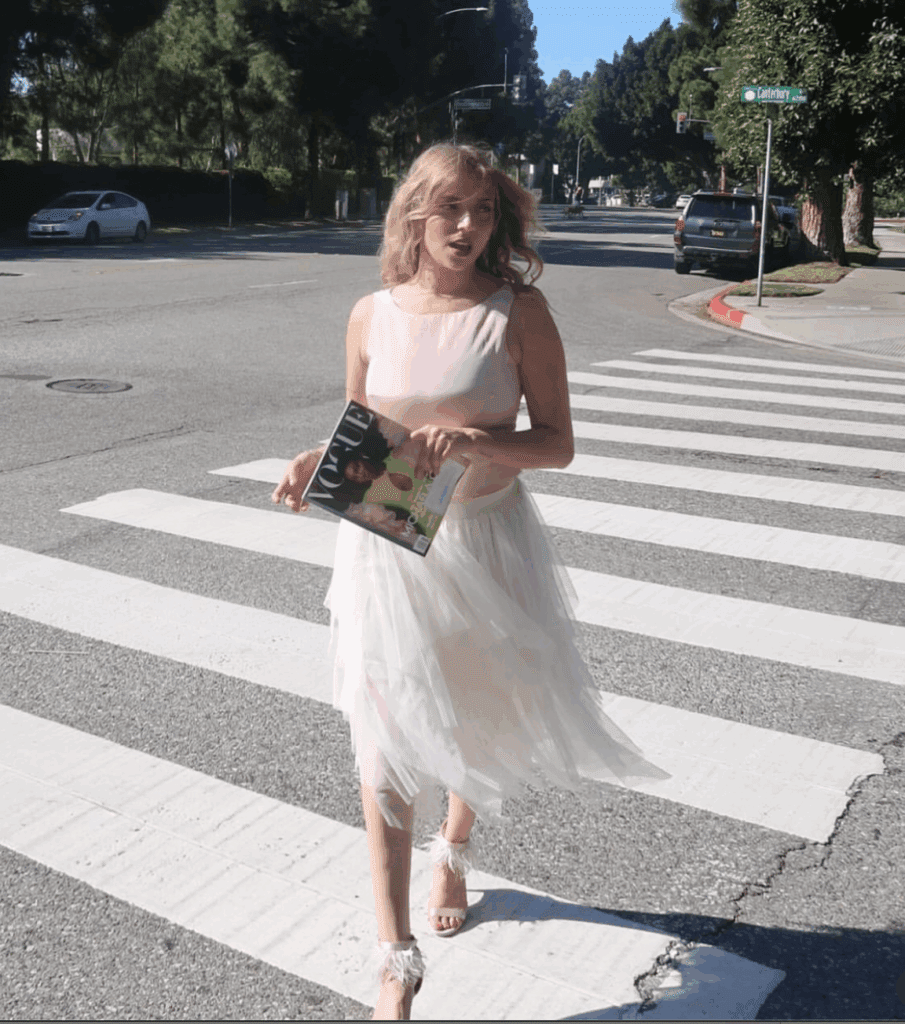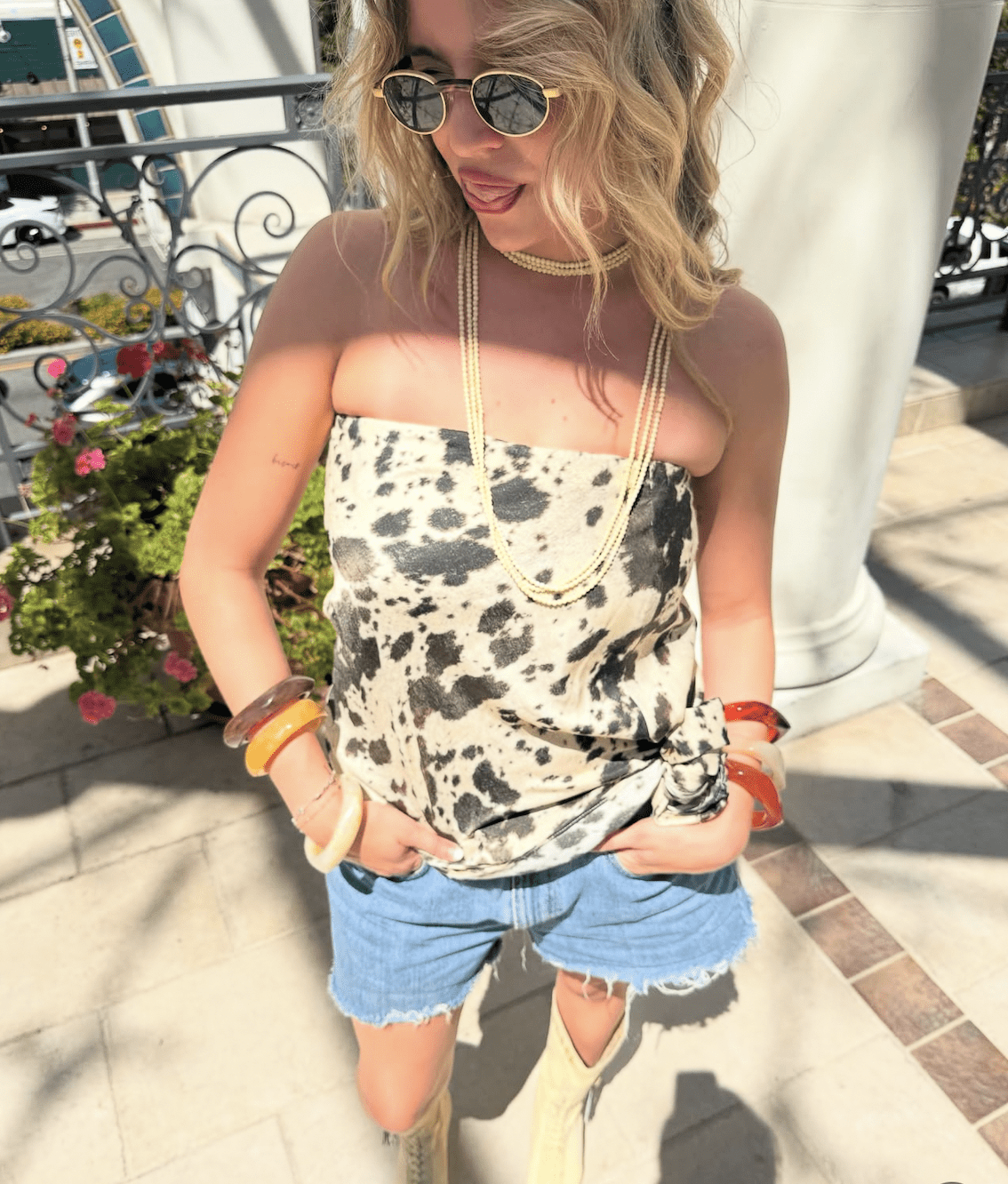Let’s play a little game. Picture your favorite outfit. Maybe it’s a soft indigo scarf that makes every selfie pop, or that coral slip dress that screams vacation energy.
Now here’s the not-so-pretty question: what if I told you the color you love might’ve come from a river that’s now, quite literally, dead?
It sounds dramatic, but it’s not an exaggeration. Behind fashion’s rainbow of shades is a dirty secret: toxic dyes that poison waterways, harm workers, and linger in the environment long after your clothes hit the clearance rack.
As someone who loves fashion but refuses to accept that “looking cute” should cost the planet, I had to dig deeper. And what I found is actually kind of amazing, because the solution isn’t new. It’s ancient.
Welcome to the hidden world of natural dyes, where color doesn’t cost the earth.
Toxic Fashion Dyes: The Hidden Pollution Behind Our Clothes
The fashion industry is responsible for about 20% of the world’s industrial water pollution, most of it coming from textile dyeing and treatment. That means roughly one-fifth of all the dirty wastewater flowing into rivers and streams is fashion runoff.
To make those bright pinks, deep blues, and electric greens, over 8,000 synthetic chemicals are used. Many of them are made with heavy metals like lead, chromium, and mercury. These don’t just disappear. They build up in soil, rivers, and even in our bodies.
And the effects are devastating.
Take Bangladesh’s Buriganga River, which has turned black from years of dye waste. Or Ghana’s Korle Lagoon, which receives about 95% of untreated industrial wastewater, much of it from textile production.
![Industrial effluent enters the Buriganga river as boatmen wait for passengers in Keraniganj, on the outskirts of Dhaka. [Munir Uz Zaman/AFP] Aljazeera](https://elexyfy.com/wp-content/uploads/2025/11/image-1024x687.png)
Then there’s Africa, where some rivers look so clear and blue they could be mistaken for Caribbean lagoons, but the water is actually poisoned. In Lesotho, parts of the water supply shimmer a beautiful denim blue, not from nature, but from dye runoff from blue-jean factories. In Tanzania, the Msimbazi River looks stunning from afar, but the pH level is as strong as bleach. That’s not a tropical paradise, it’s chemical pollution from the clothes we wear.

Children swim in it. Farmers use it to irrigate their crops.
The reality is, the color of our clothes is staining the planet.
Fast fashion’s cheap price tags come at a cost we don’t see, but someone always pays it.
Ancient Dyeing Techniques: How Our Ancestors Colored Sustainably
Before polyester blends and synthetic dyes, humans got their colors straight from nature. Plants, minerals, even insects.
Ancient Egyptians wrapped mummies in naturally dyed linens. The Mayans crushed cochineal bugs to create vivid reds. Japanese artisans mastered indigo fermentation centuries before chemistry labs existed. And the legendary Tyrian purple, made from sea snails, was worth more than gold.
Color used to tell a story, not pollute one.
Then, in 1856, a chemist named William Perkin accidentally invented the world’s first synthetic dye, mauveine. Suddenly, color could be mass-produced. It was fast, cheap, and uniform. The industrial world loved it, and natural dyeing became an afterthought.
We traded nature for neon, and we’ve been paying for it ever since.
Natural Dyeing in Modern Fashion: The Sustainable Color Comeback
Here’s the good news. Nature’s color palette is making a comeback. And it’s not just for small-batch artisans or “crunchy” fashion brands. Some of today’s most innovative designers are rediscovering natural dyes for what they truly are — sustainable, safe, and stunning.
Natural dyes are 100% biodegradable, and they don’t release microplastics or heavy metals into waterways. They can even be made from food and agricultural waste, like onion skins, avocado pits, and coffee grounds.
Beyond that, they’re helping revive traditional crafts and support fair-wage jobs in rural communities. No toxic fumes, no skin burns, no mystery chemicals. Just plants, people, and patience.
And let’s be honest, they’re gorgeous. No two pieces are ever identical, colors shift and deepen over time, and they have a warmth and soul that synthetic dyes just can’t match. Natural hues tell stories that evolve with wear, like good denim or your favorite leather bag.
Natural dyes prove that beauty doesn’t have to come at the planet’s expense.
Who to Watch: Fashion Designers and Brands Using Natural Dyes
So who’s actually walking the walk when it comes to natural color? A lot of forward-thinking designers and dye houses are proving that sustainability and style can totally coexist.
Botanica Tinctoria creates a stunning range of plant-dyed trims and ribbons that show up in small designer collections all over the world. They’re basically the quiet color heroes behind a lot of slow-fashion brands.
Maiwa, based in Canada, partners directly with natural dyers and artisans in India, reviving centuries-old dyeing traditions using indigo, madder root, and pomegranate rind. Their work bridges heritage craft with modern design.
Living Colour, a Netherlands-based company, takes things even further — they’re literally growing dyes using bacteria. Yep, living microorganisms that naturally produce pigments like pinks, purples, and yellows without any toxins or water waste.
Big fashion houses are also paying attention. Stella McCartney, long known for her sustainable approach, has experimented with natural dye collaborations, including eco-innovations from Colorifix, a biotech company using DNA technology to reproduce natural pigments sustainably.
And in the U.S., designers like India Flint, Eileen Fisher, and Christy Dawn have embraced botanical dyes as part of their regenerative fashion approach — making clothes that are gentle on the planet and beautiful in the most human way.
Even denim brands are joining in. PANGAIA and Levi’s WellThread have both explored plant-based indigo alternatives to replace the synthetic versions that pollute waterways.
The bottom line? Natural dyeing isn’t some niche experiment anymore. It’s becoming fashion’s next big color revolution — rooted in science, history, and a deep respect for the planet.
Eco-Friendly Dye Sources: Turning Kitchen Scraps Into Color
You don’t need to be a scientist or live on a farm to play with natural dyes. Some of the richest colors can come straight from your kitchen.
Avocado pits and skins can give you soft pinks and corals.
Onion skins create golden yellows and deep rusts. Red cabbage turns blue or purple depending on pH — literal science magic. Have you ever had turmeric tea? Your tongue will turn yellow so it makes sense that turmeric gives you bright sunshine yellow.
Coffee grounds make the perfect warm brown. Black beans? Soft gray to navy blue.
Or, if you’re feeling extra crafty, look to the garden. Indigo gives you that timeless denim blue, madder root brings fiery reds, marigolds make vibrant yellows, and walnut hulls create rich browns.
Each shade is a connection to the planet, not pollution from it.
Natural Dye Myths: The Truth About Sustainable Color
Let’s clear up a few misconceptions.
“They’re too expensive.”
Not really. When you factor in the environmental and health costs of chemical dyes — polluted rivers, sick workers, toxic waste — natural dyes are the smarter investment. Plus, clothes dyed naturally last longer and age beautifully.
“They can’t scale.”
Actually, they can. Brands like Botanica Tinctoria, Maiwa, and India Flint Studio are already proving that plant-based dyes work on a larger scale. New technology is helping extract color from plants more efficiently too.
“The colors aren’t bright enough.”
That’s kind of the point. Natural hues have depth and dimension. They glow, they don’t glare. Cochineal red and indigo blue have been prized for centuries for a reason.
“They fade too fast.”
When done right, they don’t. With natural mordants like alum or vinegar, the color holds beautifully. And if it does shift a little over time, that’s part of the charm. It’s not fading, it’s evolving.
Sustainable Fashion at Home: How to Start Using Natural Dyes
You don’t have to overhaul your closet overnight. Start small.
Look for labels that mention botanical or plant-based dyes. Support brands that are transparent about their process. Buy less, but better. And don’t be afraid to ask questions, brands notice when their customers care.
Or, get hands-on. Try a DIY dye session at home. Boil some avocado pits, toss in an old white tee, and watch the color transform. It’s creative, it’s sustainable, and it’s way more satisfying than scrolling through another fast fashion haul online.
The Future of Color: Why Natural Dyes Matter for Sustainable Fashion
We’re at a turning point. We can keep chasing fast, synthetic color, or we can return to the wisdom our ancestors already had, that fashion can be both beautiful and responsible.
Natural dyes remind us that sustainability isn’t about guilt, it’s about connection. To our clothes, to the planet, and to the people who make them.
So next time you’re tempted by that $5 neon crop top, pause. Think about the story behind its color. Then invest in something that tells a better one, maybe something that looks good and does good.
Because real style never comes at the cost of someone else’s suffering.
Challenge: Try dyeing something at home this month and tag me @LexySilverstein. Let’s see how colorful sustainability can really get.

Follow me on my socials:
- Instagram: @lexysilverstein
- Youtube: Lexy Silverstein
- Twitter: @eLEXYfy
- TikTok: @lexysilverstein
- Facebook: Lexy Silverstein
- Liketoknow.it/lexysilverstein
You can email me at LexySilverstein@gmail.com




